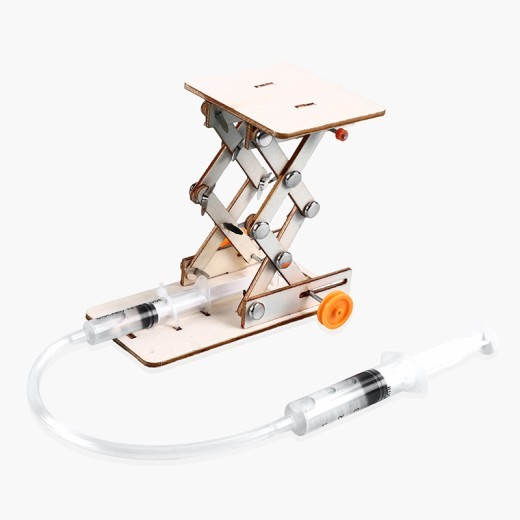
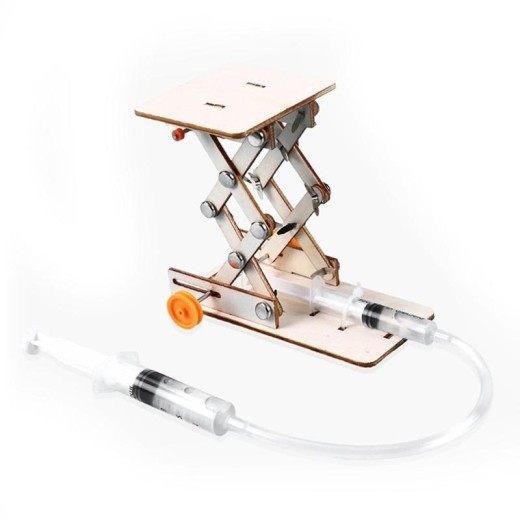
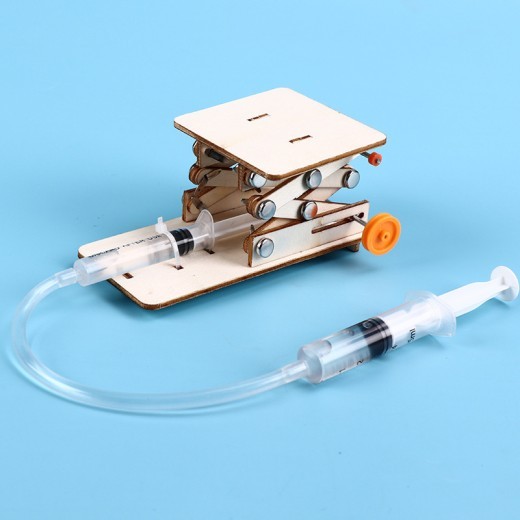
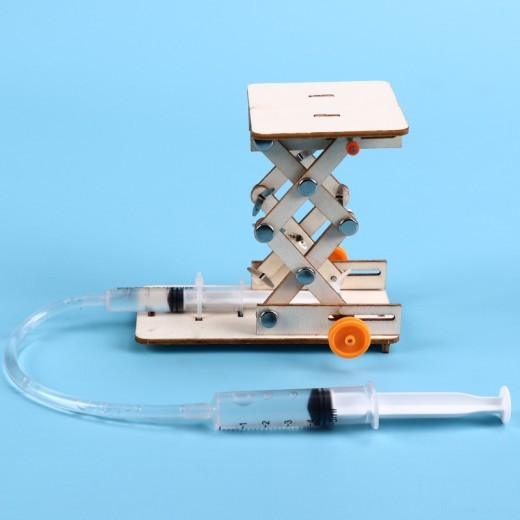
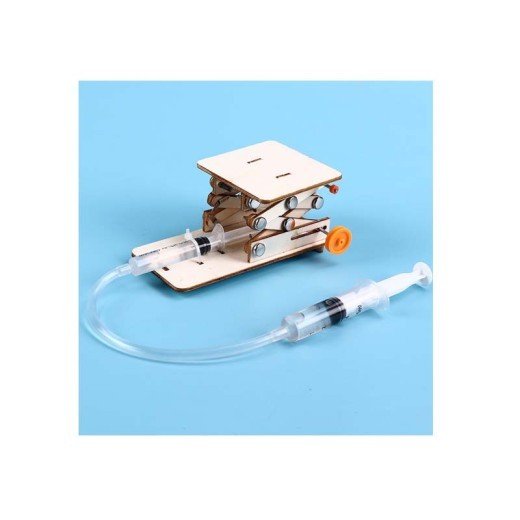
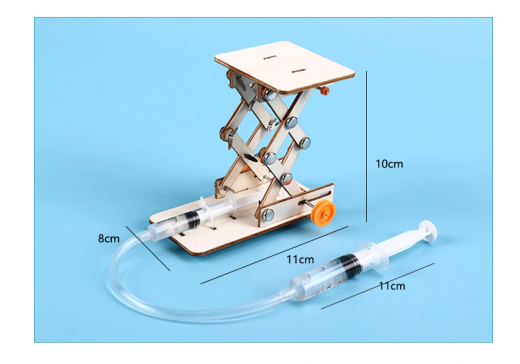
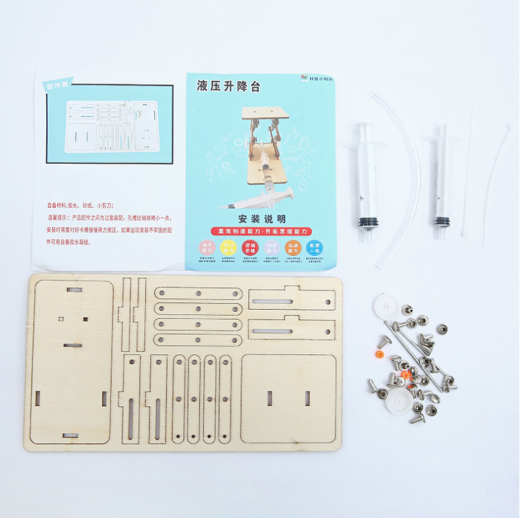
Hydraulic lift model
Introduction to the Hydraulic Lift Model
The Hydraulic Lift Model is an engaging educational tool designed to demonstrate the principles of hydraulics, pressure, and mechanical lifting. Using fluid pressure to simulate real-life hydraulic lifts, this model provides a hands-on way to explore fundamental physics concepts like Pascal’s Law, force multiplication, and pressure distribution. Suitable for students, educators, engineers, and enthusiasts, this model is ideal for classrooms, science fairs, and engineering demonstrations across New Zealand. By offering a practical demonstration of hydraulic systems, the Hydraulic Lift Model helps users understand how this technology is applied in machinery, automotive lifts, and heavy equipment.
H2: Key Features of the Hydraulic Lift Model
1. Realistic Representation of Hydraulic Mechanisms
This model provides an accurate demonstration of hydraulic lift systems, illustrating how pressure is applied to raise an object. The hydraulic cylinders, pistons, and reservoirs in the model mimic those found in real hydraulic machinery, providing users with a realistic look at how hydraulics can lift heavy loads. This makes it an excellent tool for visualizing the core concepts of fluid mechanics.
2. Quality Materials for Durability and Safety
Constructed from high-quality, non-toxic materials, the Hydraulic Lift Model is built to withstand regular use in educational settings. Its durable construction allows for safe handling during experiments and demonstrations. The quality materials ensure that the model remains functional over time, making it ideal for hands-on learning and science labs in New Zealand schools.
3. Adjustable Components for Interactive Learning
The model features adjustable parts, such as the piston, lever, and reservoir, allowing users to change the hydraulic pressure and observe the effects. By adjusting these components, students can explore how varying fluid levels, piston sizes, and applied force affect the lift. This hands-on feature is particularly useful for demonstrating concepts like force multiplication and mechanical advantage.
4. Compact and Display-Ready Design
Designed for easy placement on desks and demonstration tables, the compact and display-ready design of the Hydraulic Lift Model makes it suitable for classroom and lab use. Its stable base ensures that it remains steady during experiments, allowing students to focus on learning without distractions. This portability allows the model to be easily transported between learning environments.
5. Ideal for Demonstrating Hydraulic Principles
This model demonstrates the principles behind hydraulic lifts, such as Pascal’s Law, which states that pressure applied to a confined fluid is transmitted equally throughout the fluid. By visualizing how hydraulic systems use this law to multiply force, students gain a deeper understanding of how hydraulic lifts operate and how pressure affects movement and load distribution.
6. Educational Value for Engineering and Science Education
Beyond simple demonstrations, the Hydraulic Lift Model is valuable in engineering and physics courses, providing practical insights into real-world applications. It’s particularly helpful for students studying mechanical engineering, automotive technology, or physics, as it connects theoretical principles to practical uses. For New Zealand educators, this model enhances lessons in physics, fluid mechanics, and engineering by making complex concepts accessible.
H2: Why Choose the Hydraulic Lift Model?
1. Essential for Learning About Hydraulic Systems
The Hydraulic Lift Model is an essential tool for teaching students about hydraulic principles and systems. It offers a hands-on way to understand how hydraulic lifts function, making it perfect for physics and engineering classrooms. For students in New Zealand, this model simplifies challenging concepts in fluid dynamics, pressure, and force.
2. Perfect for Science Fairs and Engineering Projects
This model is ideal for science fairs, classroom projects, and engineering demonstrations. Its practical design allows students to explore hydraulic mechanics in a way that’s engaging and informative, making it an excellent choice for students preparing presentations on physics and mechanical systems. For educators, the model provides a dynamic, interactive way to teach hydraulic principles.
3. Supports Visual and Kinesthetic Learning
The Hydraulic Lift Model caters to visual and kinesthetic learners by providing a hands-on experience that reinforces theoretical concepts. The model’s adjustable parts and visible mechanisms help visual learners see how pressure is distributed and force is applied, while kinesthetic learners can actively engage with the model to understand how hydraulic systems work.
4. Useful for Exam Preparation and Practical Assessments
For students preparing for exams or practical assessments, this model serves as a valuable study aid. Its realistic design and working components make it easy to review hydraulic principles and experiment with applied force, reinforcing knowledge essential for exams. Engineering and physics students benefit from the model’s tangible approach to studying hydraulic mechanics.
5. Versatile Display for Classrooms and Labs
Beyond its educational value, the Hydraulic Lift Model serves as an informative display for classrooms, labs, and workshops. In educational settings, it provides an engaging visual aid that invites students to learn about fluid dynamics and pressure mechanics. For New Zealand educators, this model promotes interactive learning and enhances the understanding of hydraulic applications in technology and industry.
H2: Maintenance and Care Tips for Your Hydraulic Lift Model
To keep your Hydraulic Lift Model in top condition, follow these care tips:
-
Clean Regularly: Use a soft cloth to wipe down the model, especially around the cylinders and pistons. Regular cleaning
helps prevent dust buildup and keeps the model functional.
-
Avoid Direct Sunlight: Prolonged exposure to direct sunlight can affect the model’s plastic components. Display the model
indoors to maintain its quality.
-
Handle with Care: Although durable, handle the model gently to avoid damaging the hydraulic cylinders or other moving
parts. Avoid applying excessive force, as this may impact the model’s effectiveness.
-
Check for Fluid Levels: Some models may require hydraulic fluid to operate effectively. Ensure the fluid levels are
appropriate, and refer to the manual for any specific maintenance instructions related to hydraulic fluid.
- Store Properly When Not in Use: When not in use, store the model in a dust-free area to protect it from potential damage. Proper storage will help extend its lifespan for long-term educational use.
Features:
You can graffiti freely with your imagination to make your own toys.
Exercise children's practical ability, let them understand the simple knowledge of atmospheric pressure and water pressure.
specification:
Material: wood + plastic + metal
Knowledge points: Principles of knowledge of atmospheric pressure and water pressure
Dimensions: 11X10X8 cm / 4.33X3.94X3.15 inches
Color: as shown
Recommended age: 6 years +
Purpose:
1. Know the principle of simple lifting platform
2. Learn related knowledge of air pressure and hydraulic pressure
The lifting platform relies on the unfolding and folding of the quadrilateral support frame to complete the lifting of the cargo platform,
and its power is to push the unfolding and folding of the quadrilateral support through air pressure. It makes the aerial work more
efficient and more secure. The instability of the quadrilateral: after the length of the four sides of the quadrilateral is determined, the
shape of the quadrilateral can still change, for example, it can be rectangular, diamond, etc. Therefore, "the four sides of the
quadrilateral are determined, its shape is uncertain" between the sides The angle can still be changed. Due to the instability of the
quadrilateral, it is easy to deform, and the telescopic flexible stroke is large, so the expansion and folding of the bracket is more
convenient! Air pressure is the atmospheric pressure acting on a unit area. The power of the lifting table is a pneumatic transmission
principle. The pneumatic transmission uses compressed gas as the working medium and a fluid transmission that transmits power or information
by the pressure of the gas. The power transmission system is to send compressed gas to pneumatic actuators through pipes and control valves,
and convert the pressure energy of compressed gas into mechanical energy to work. Hydraulic transmission uses liquid as the working medium
to transmit power. In this experiment, the syringe can be regarded as an actuator of a hydraulic system. After the water is injected into
the syringe, it is equivalent to a hydraulic cylinder, which converts the pressure of the liquid into mechanical energy.
Experimental steps:
1. Know the experimental equipment: quadrilateral bracket, plastic box, plastic box with holes, hose, syringe, syringe with holes, villain
model, screws, nuts, foam glue, long screws.
2. Fix the quadrilateral bracket to the plastic box with holes with screws to form the bottom of the lifting platform.
3. Fix the upper end of the quadrilateral bracket to the plastic box with a long screw (when the long screw passes through the bracket and
one side of the plastic box, insert the syringe into the screw and fix it to the middle position, then screw the nut on the other side. , In
this way, the entire bracket part of the lifting platform is assembled.
4. Connect one end of the hose with the perforated syringe and the other end with the syringe. The bracket and the power device (syringe)
are combined together to form a complete lifting table system. Of course, it is also possible to inject water into the syringe. When the
syringe is pushed, the water is pushed into the syringe with a hole, thereby driving the bracket to rise, which becomes a hydraulic lifting
table system.
Tips: When assembling the bracket, don't forget to put the film between the screws, so as not to loose the bracket and affect the
experimental effect. The screw between the plastic box and the bracket cannot be tightened too tightly, otherwise the bracket cannot be
moved.




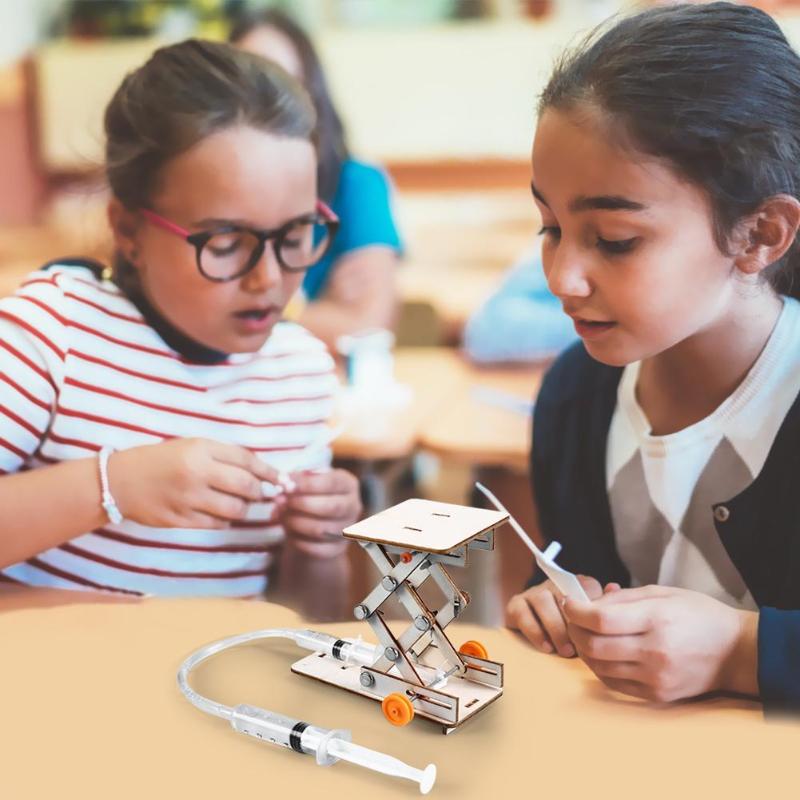
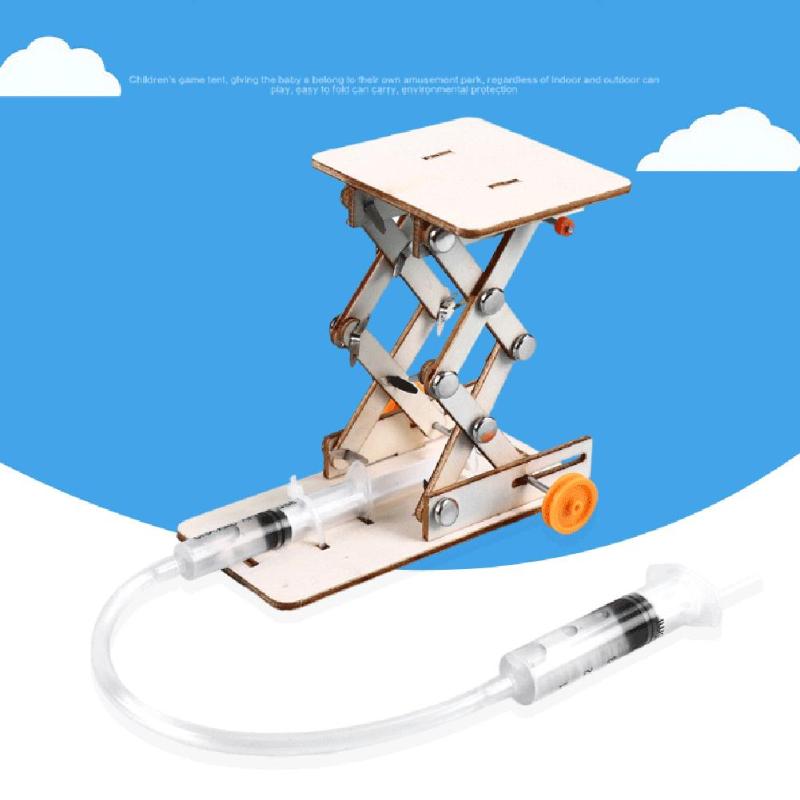
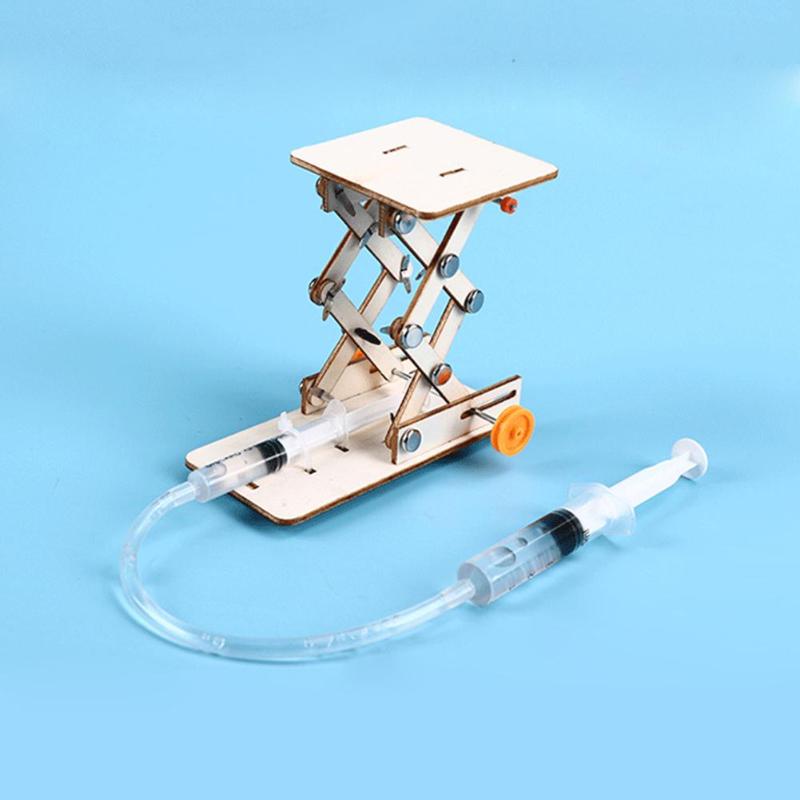
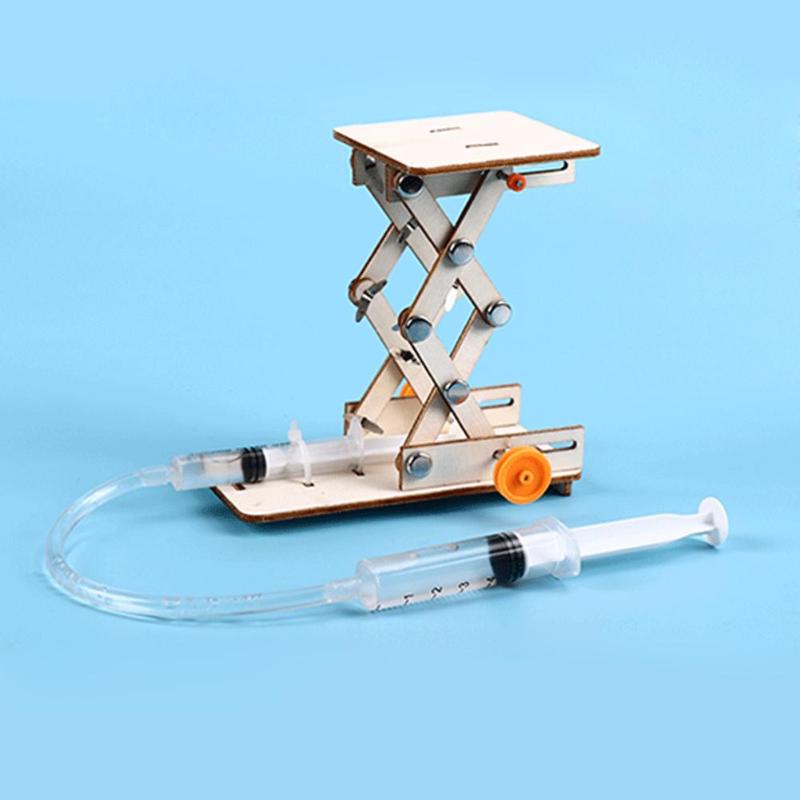
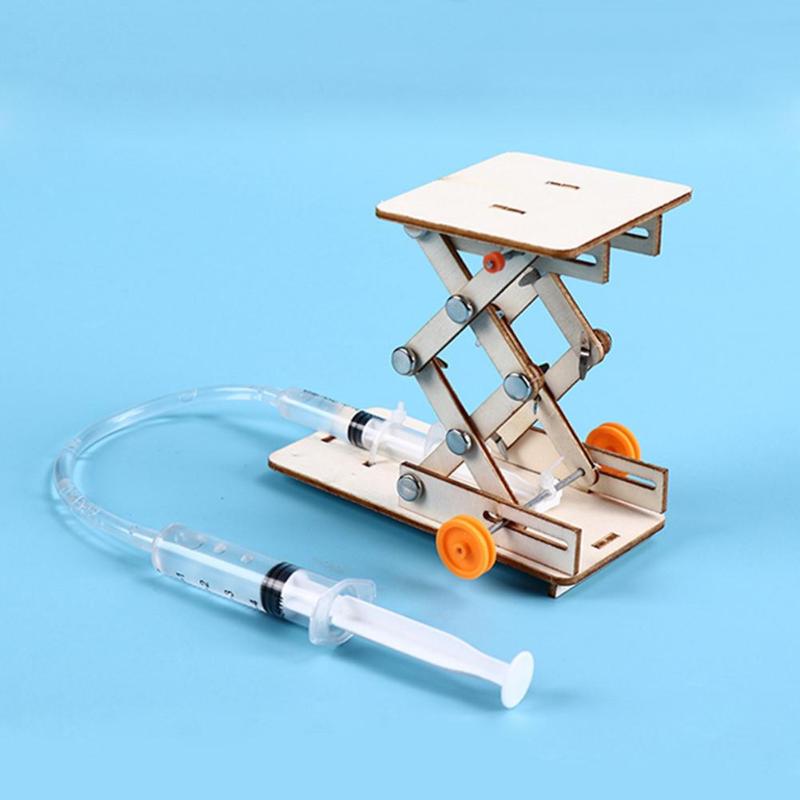
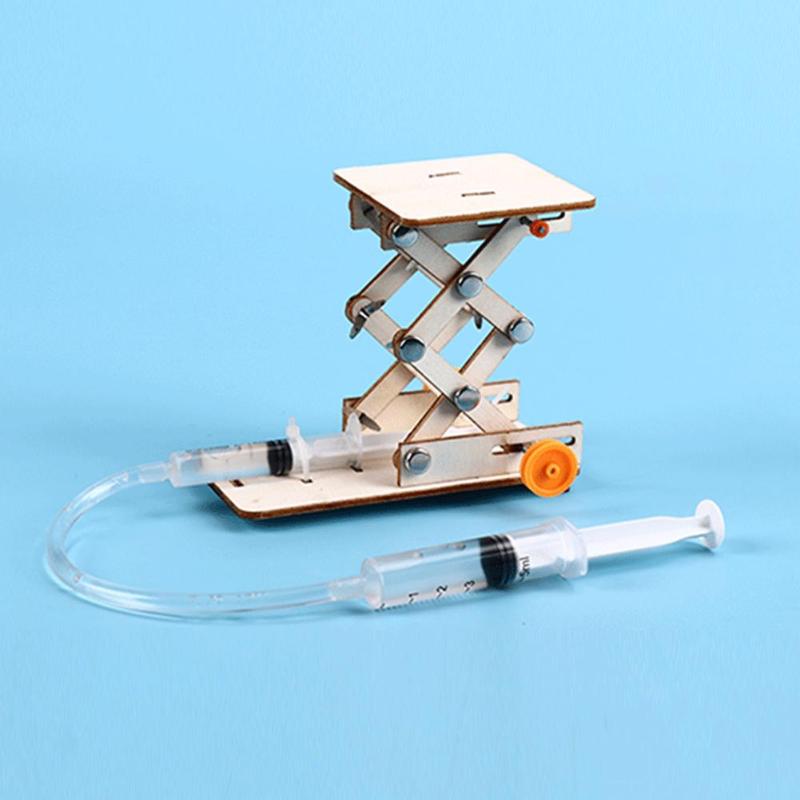
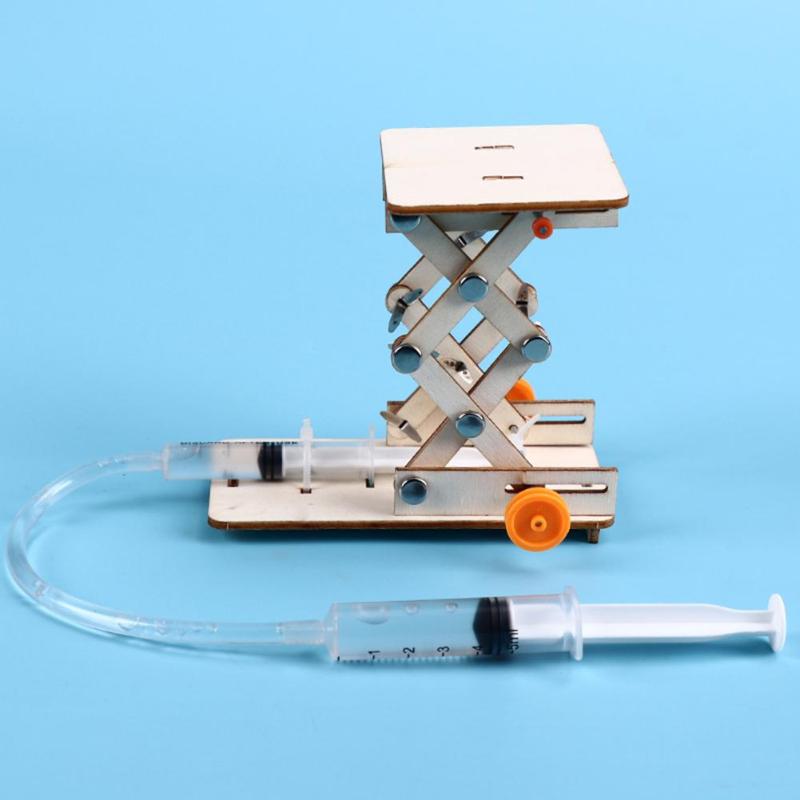
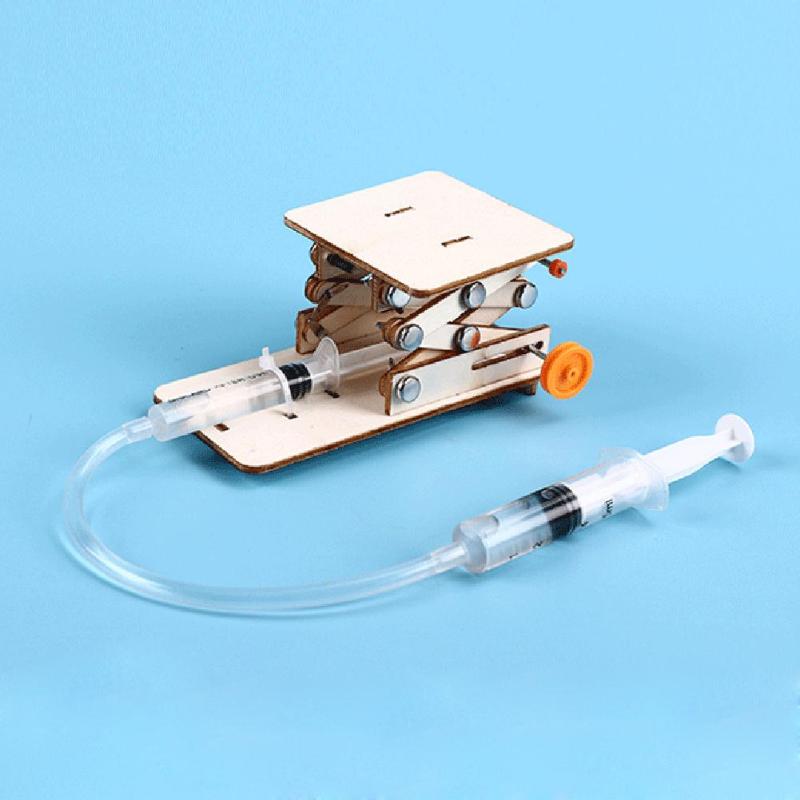
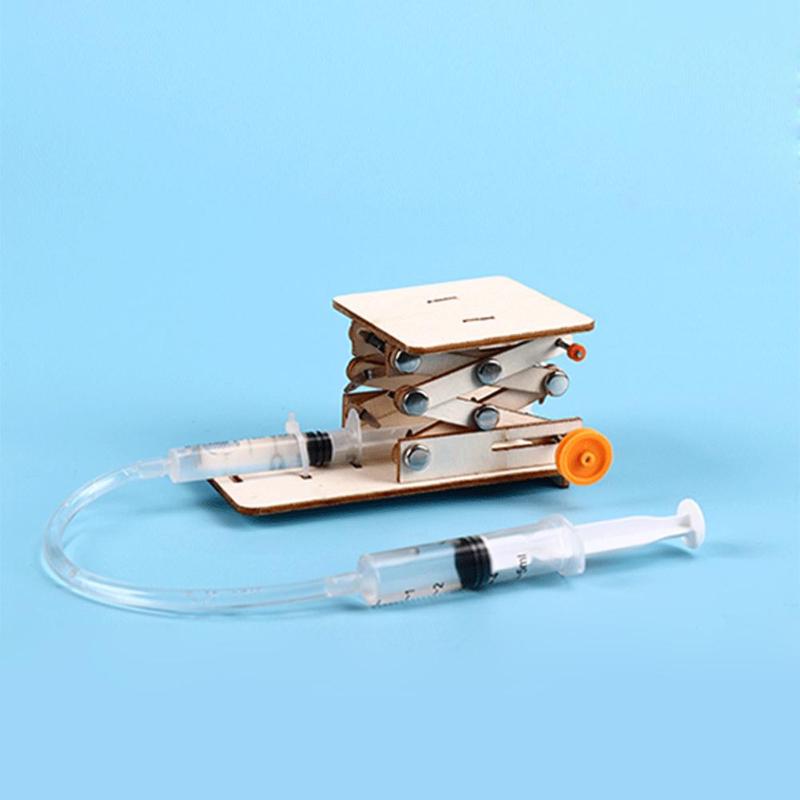
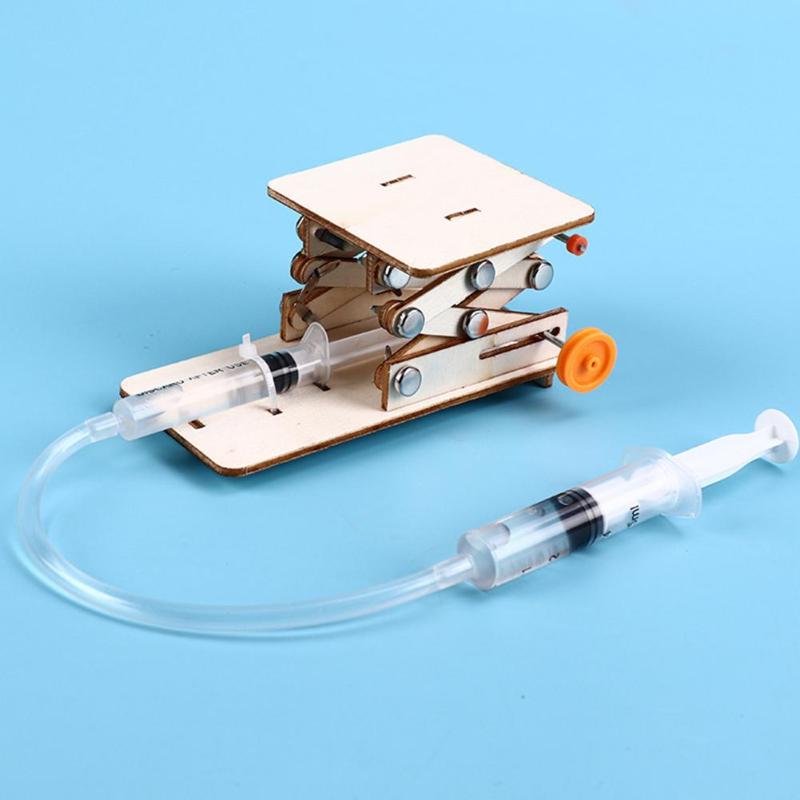


The product may be provided by a different brand of comparable quality.
The actual product may vary slightly from the image shown.
Shop amazing plants at The Node – a top destination for plant lovers


.png)






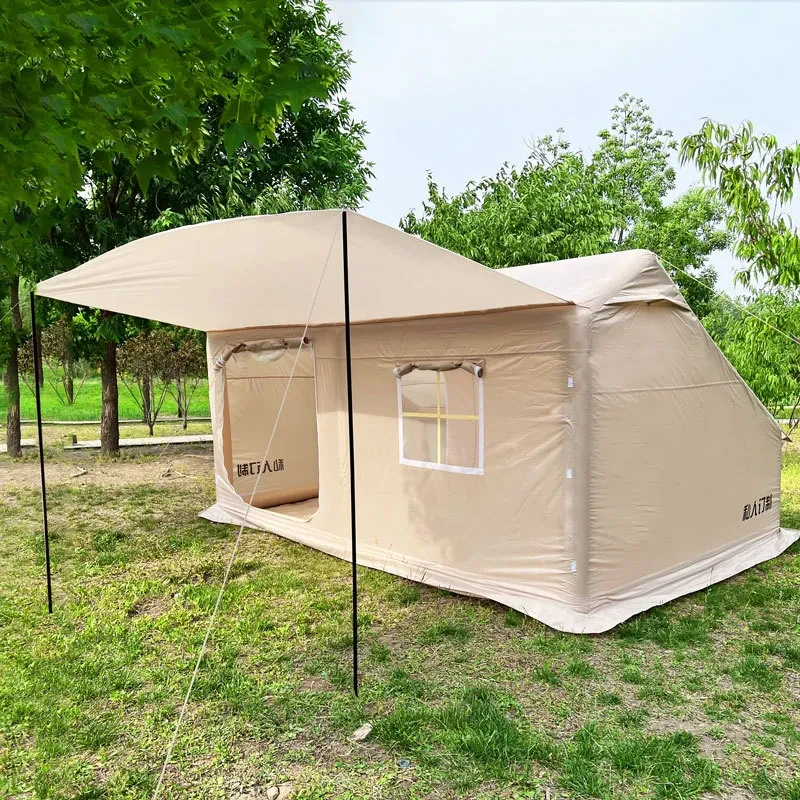





.jpg)









.jpg)





.jpeg)





.jpeg)



.jpeg)








.jpeg)



.jpeg)

.jpeg)

.jpeg)

.jpeg)
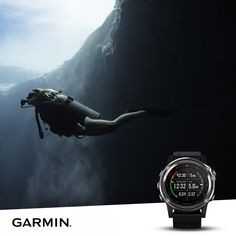



.jpeg)
.jpg)

.jpeg)






.jpeg)
.jpeg)




.jpeg)





.jpeg)


.jpeg)

.jpeg)

.jpeg)

.jpeg)







.jpeg)
.jpeg)
.jpeg)





.jpeg)



.jpeg)






.jpg)
.jpeg)









.jpg)


ulva-Logo.jpg)




.jpeg)



.png)















.png)
























